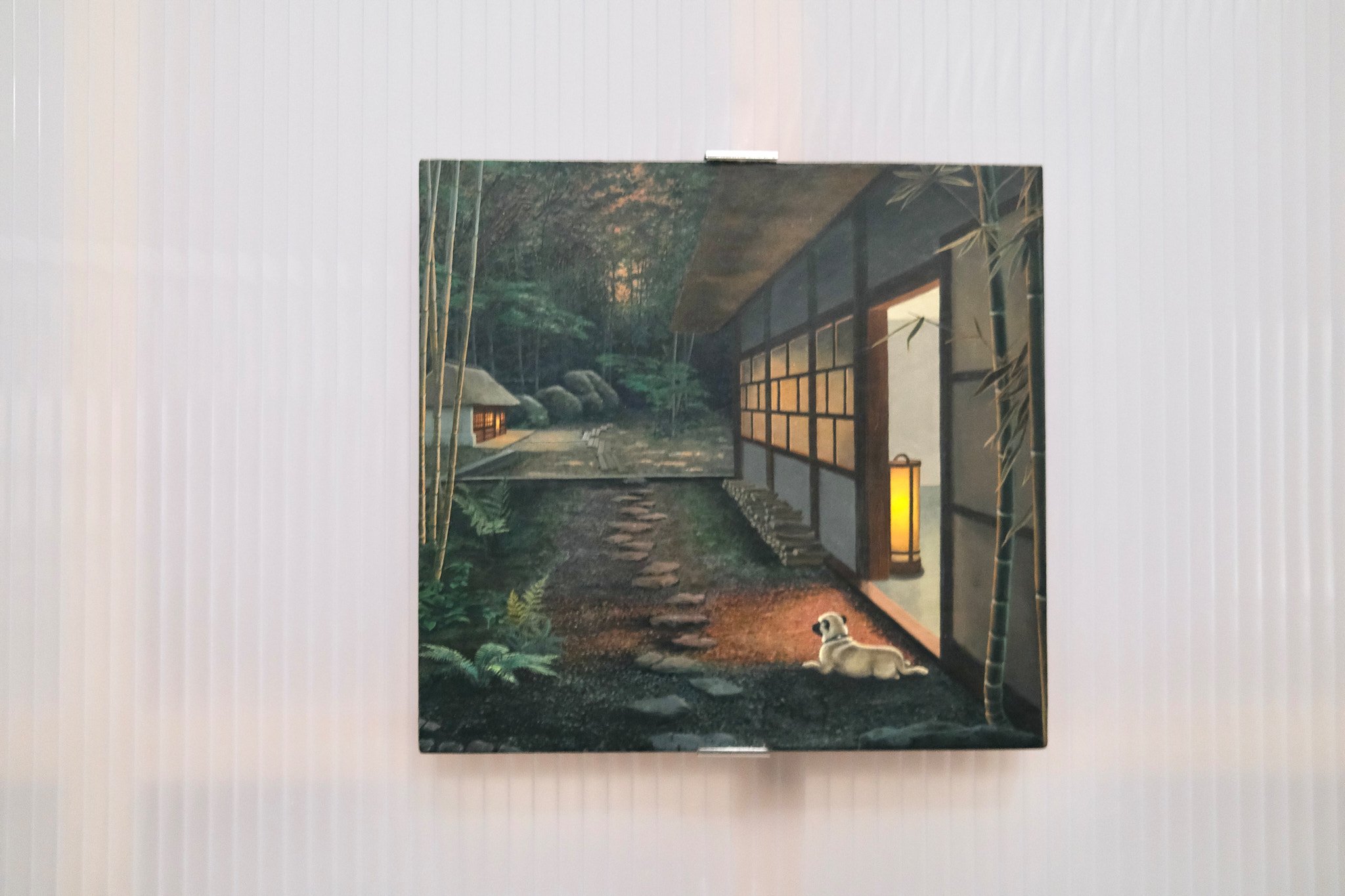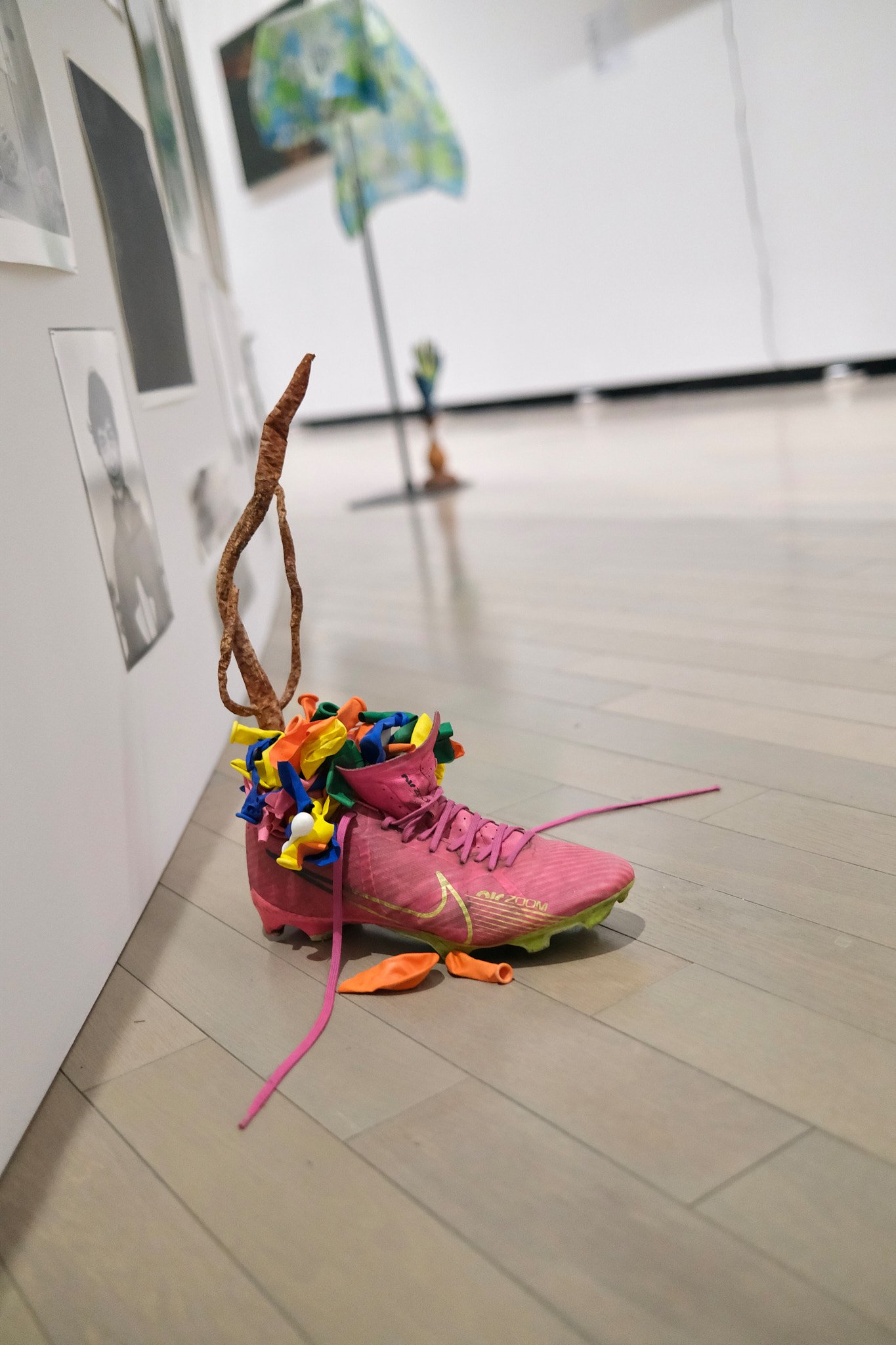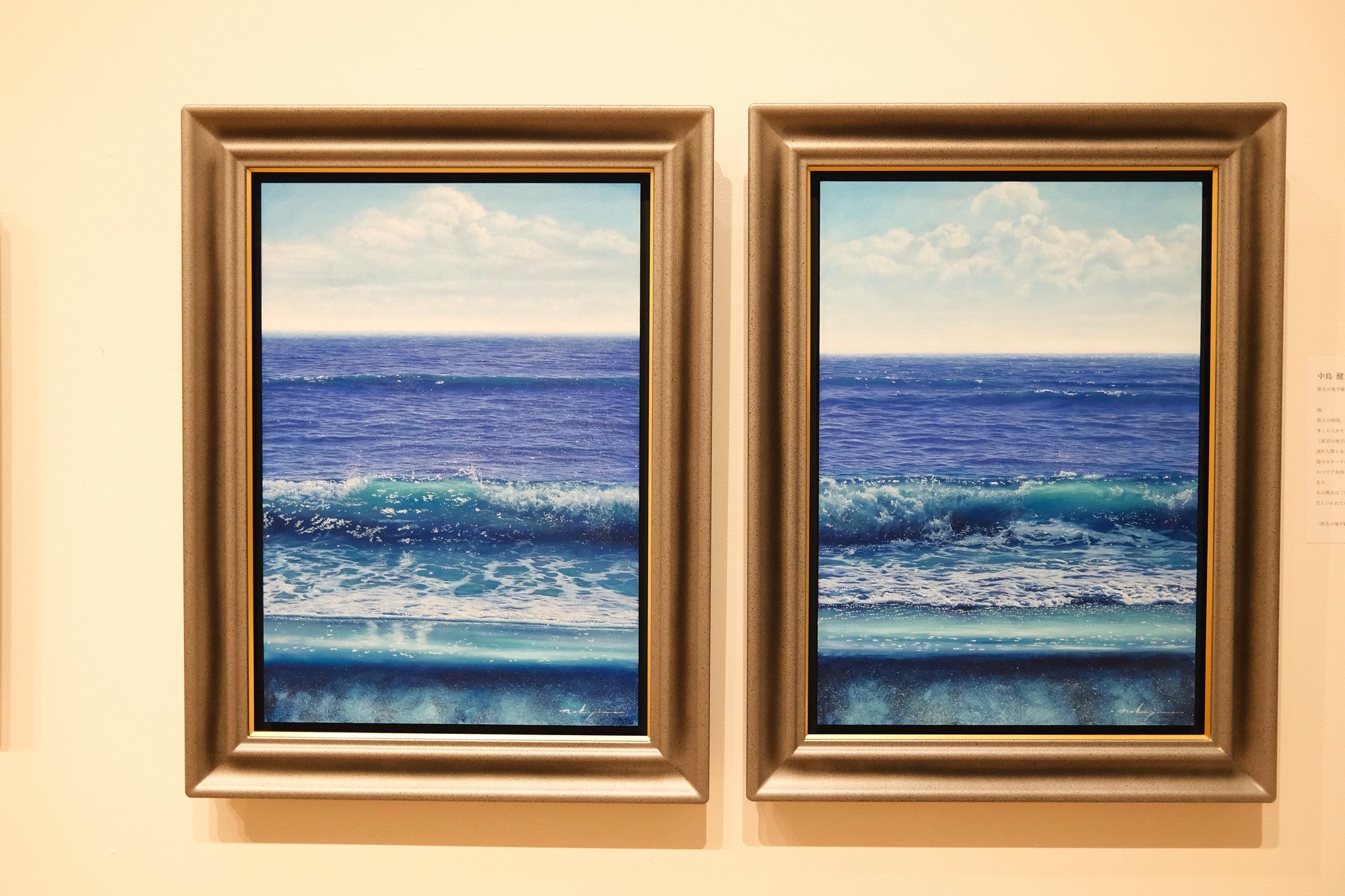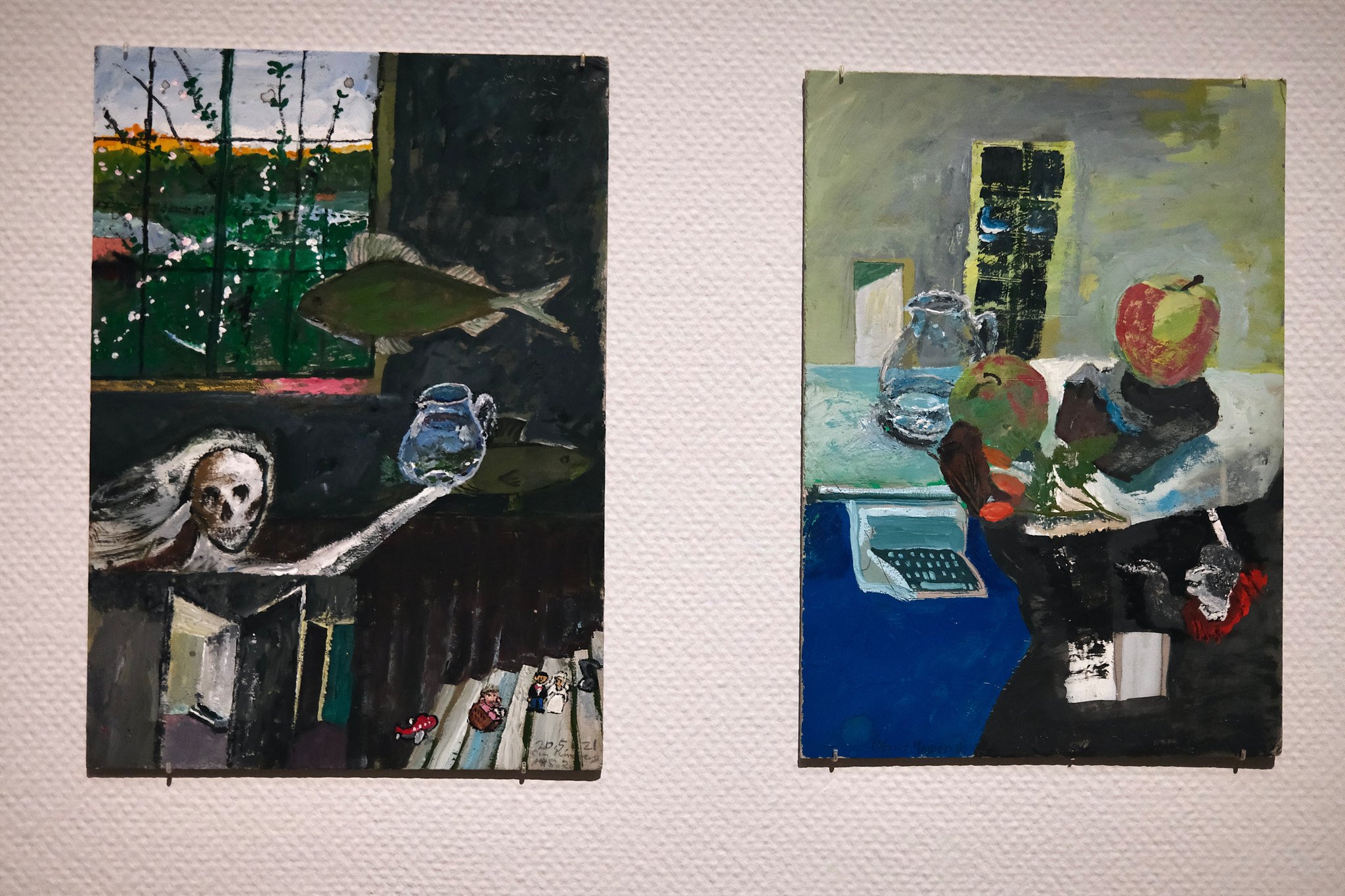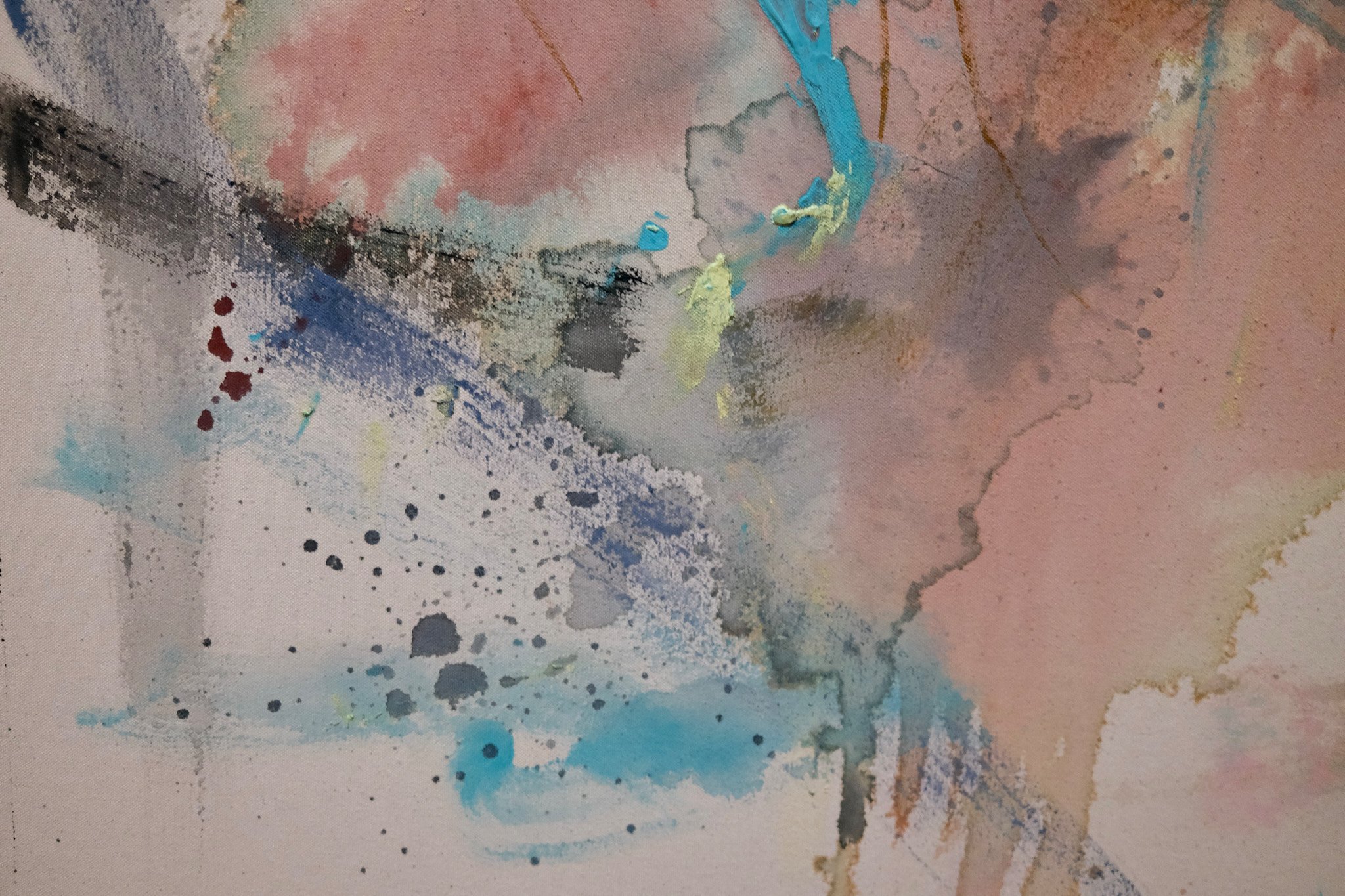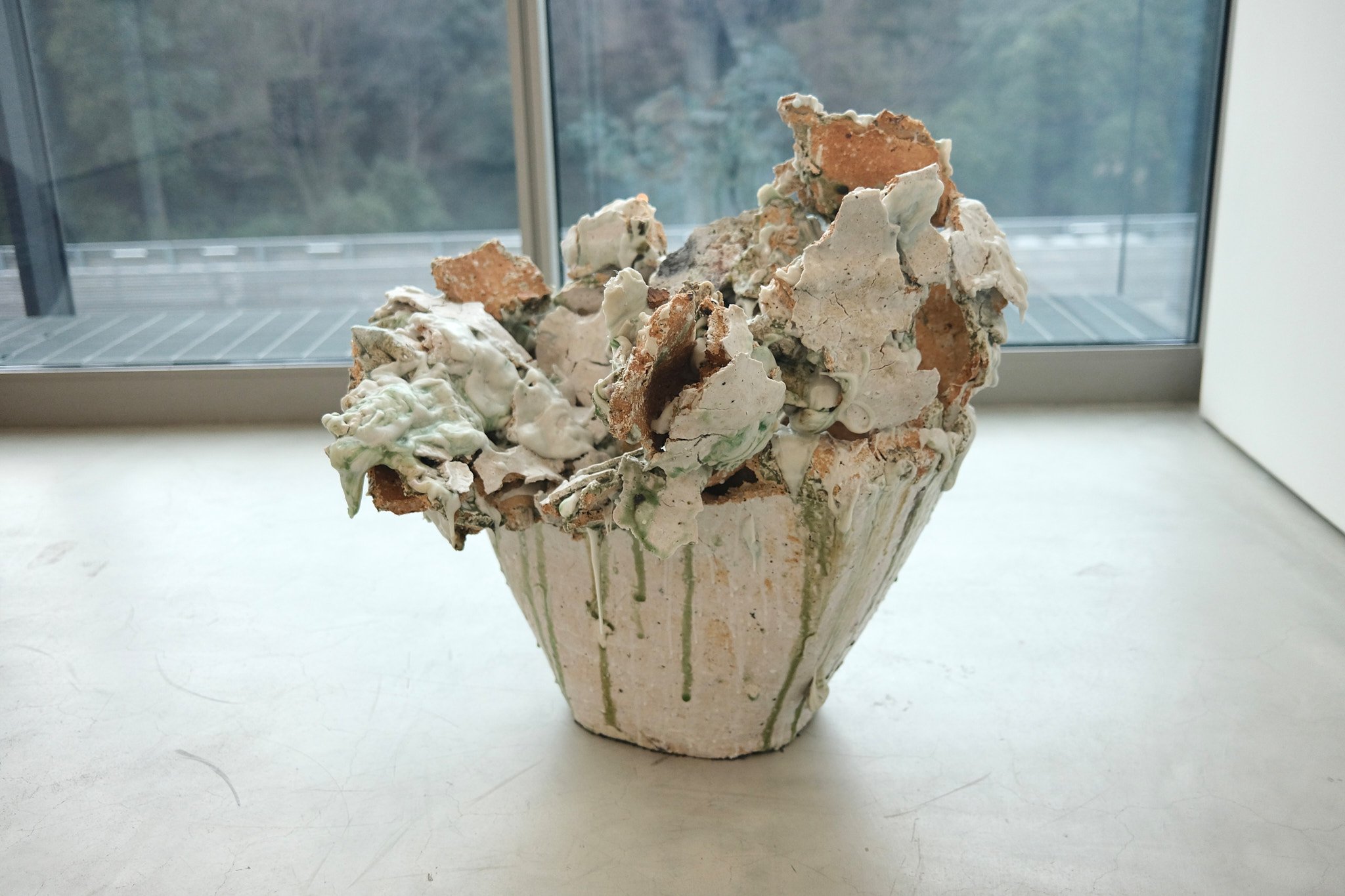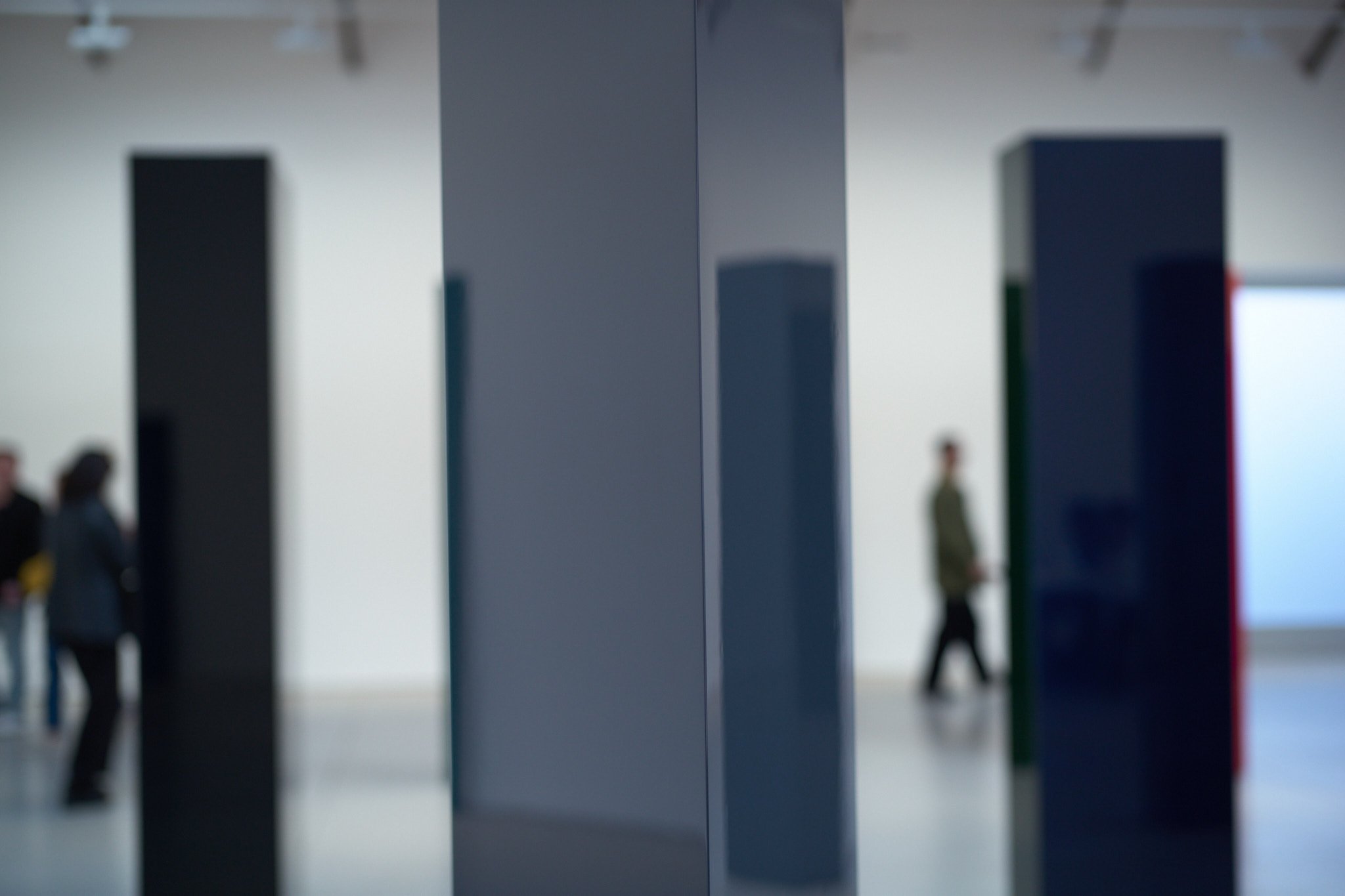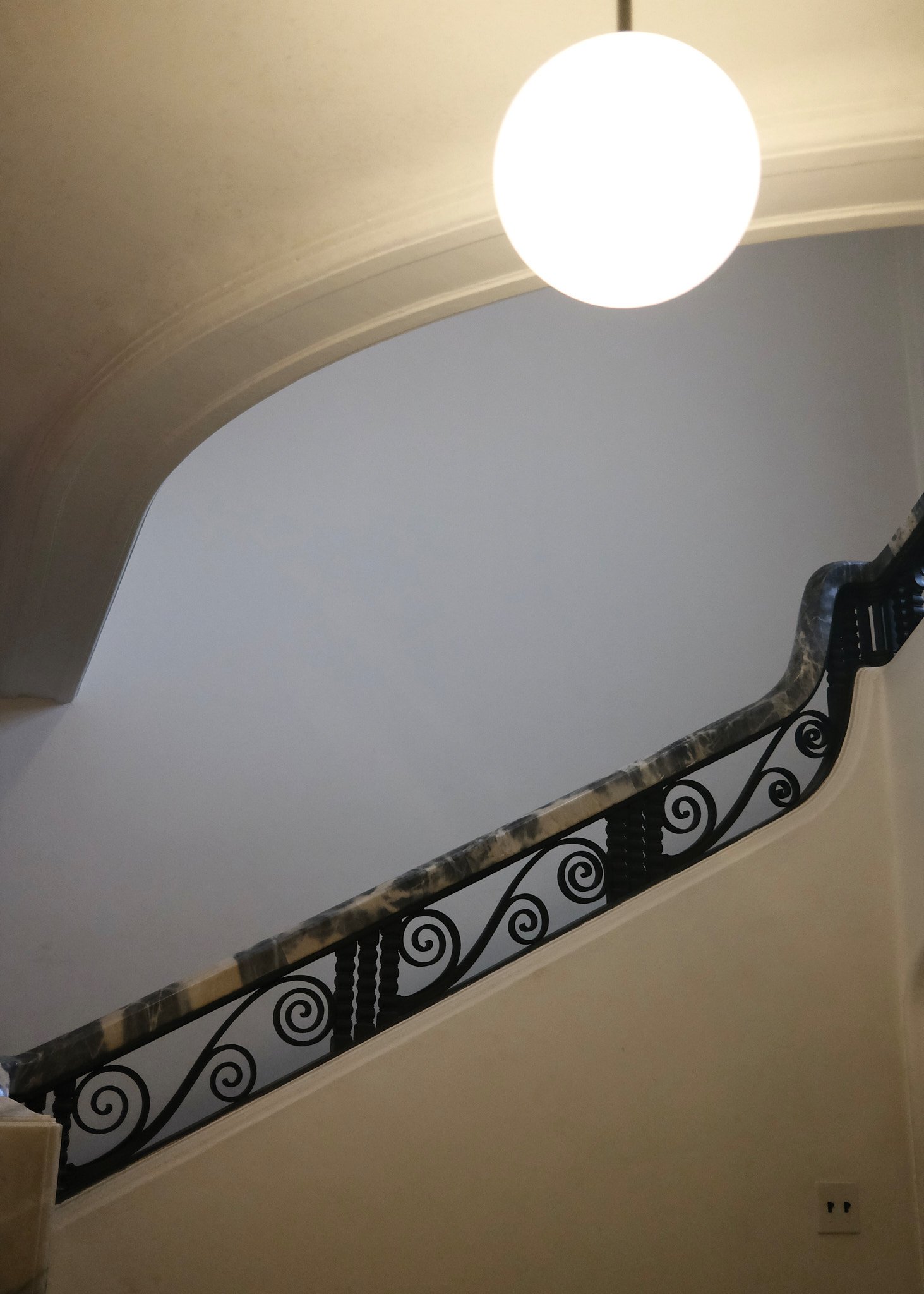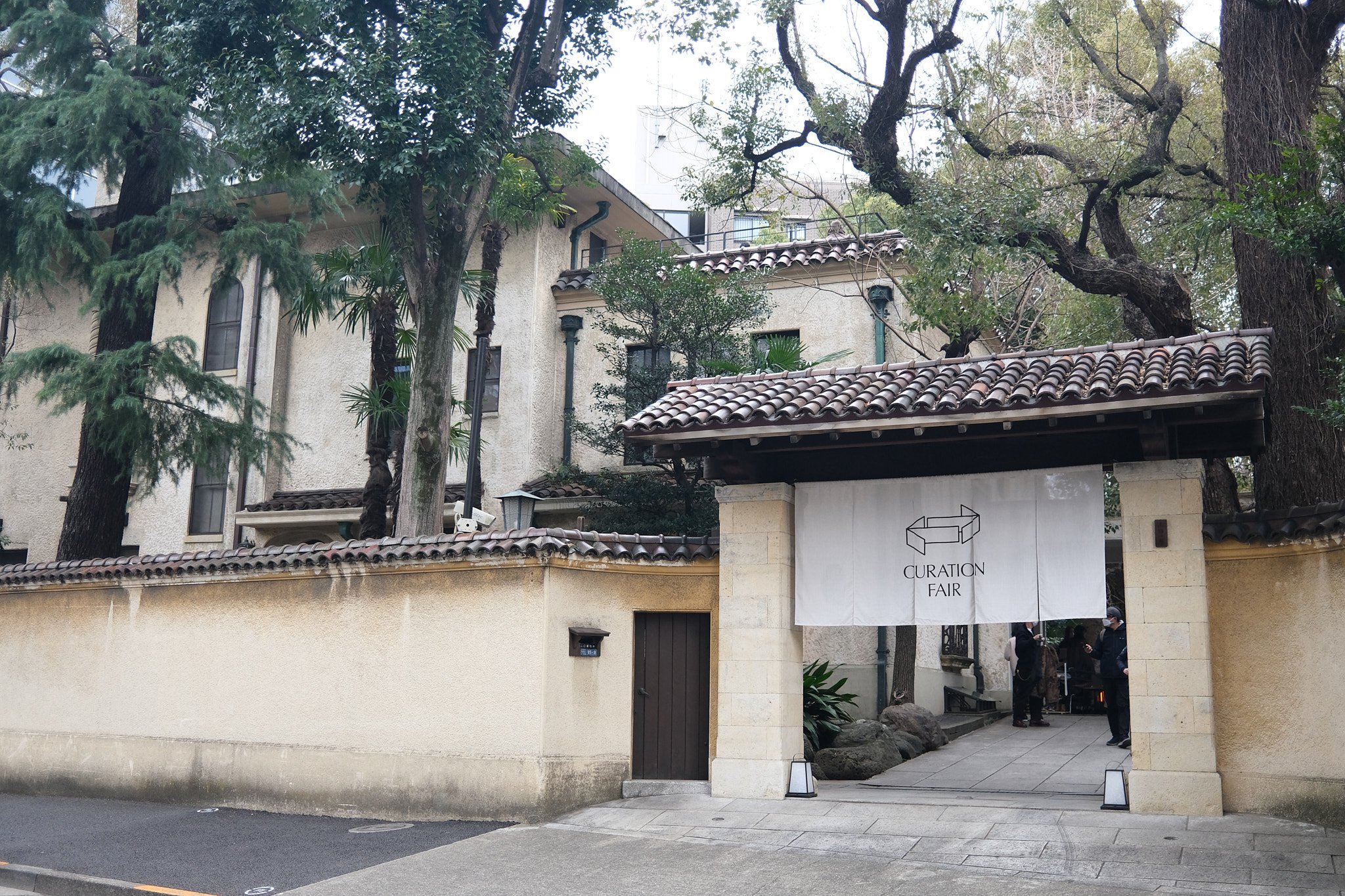PLAY w/ HOKUSAI - Tokyo
GUCCI VISIONS - Tokyo
ART NOW→FUTURE - Tokyo
ART NOW→FUTURE - Tokyo
Glass Table and Still Life - Yoko Anderson Yamano
AKADEMIE X LESSONS IN ART + LIFE - Tim Rollins
[[akademie-X]],[[Tim Rollins]]
page 268 lesson 28: Art is Not Just Experience
We believe good art is work that doesn't ask permission to exist, to be is enough. Good art is anything made sincerely yours. This art can be affirmative, shamelessly beautiful or ugly, a contribution of dissent, audacious and critical, yet deeply celebratory by the very fact of its existence. We think good art is always a gift, an affirmation of a mysterious gratitude. It's not instrumental but feels inevitable. Art is a faith proposition built upon a base of wonder.
AKADEMIE X LESSONS IN ART + LIFE - Wangechi Mutu
[[akademie-X]], [[Wangechi Mutu]]
page 228, Lesson 24: Living Art
The sharpening of visual intelligence is crucial for artists. I would recommend drawing - and by this, I don't mean drawing in a pedantic, high-school, instructional manner; I mean using your hand and your mind to pull out information from the subconscious onto a surface and into the real world. It is one of the best ways to shorten the distance between your brain and your fingertips and to allow you to gauge what is going on from within yourself. When you speed up that process, by drawing with as basic a material as pencil or charcoal, or ink and brush, your senses of intuition, honesty and integrity are sharpened. I would also push every artist to enhance their sense of context and their role as artist by visiting museums or the theatre, going to poetry readings, hanging out at DJ slams, listening to live bands - to participate in and enter cultural spaces in one way or another. Figuring out what's happening in other genres and media in your particular moment in time is important to you as a visual artist because even if you don't feel it's relevant to you, making cross-references makes you aware of your own position and place, your aliveness at that particular moment in time.
Everyone should understand as much about the past as they can possibly get in their heads. As the voices of their culture and their communities, artists in particular should know as much as possible about what has happened prior to their own existence. It's a way to stand out as the voice of the present, to pay homage to what has happened, and avoid repeating and recycling the mistakes that have already been made. It's also a way to remain in touch with your own humanity, and with the humanity of others whom you don't know.
Odilon Redon
Pat Steir: Painted Rain
Auguste Renoir
DELUSIONAL murmur (#003), Kosuke Ichikawa
Gallery COMMON
9 Feb–10 Mar 2024
Frieze Los Angeles 2024
William Brickel, Was It Ever Fair
Michael Kohn Gallery, Los Angeles
January 20 through March 2, 2024
Written with a Splash of Blood- Blum Tokyo
John McCracken
AKADEMIE X LESSONS IN ART + LIFE - lesson 26
TUTOR: Raqs Media Collective
Page 248
The Third Lesson: Time for Wine
The third lesson is about time. Sometimes, to learn this lesson, we have to prepare a feast - a feast with no food, but with a lot of wine and many notes. One of the forms this has taken is a symposium on time, which was first produced in the Wide Open School at the Hayward Gallery, London, in the summer of 2012. The form is simple and remains durable.
Fifteen or so participants sit in a large table, each with a plate and a wine glass in front of them. A set of carefully chosen notes on time printed on index cards appear on the plates, in the form of ‘courses’. Each ‘guest’ reads the ‘portion’ on his/her plate and everyone drinks, and after a round of readings (a course) the ‘table’ has a conversation. The idea is to let thinking, conversation and the requisite amount of wine do its job to add up to a stimulating consideration of time. Time itself is physically present. The cumulative, incremental effect of wine, factored through time, tranforms the experience into being enveloped inside a dilating fold. ‘Students’ cease to be students, and process elaborate theories. The reticent blossom into the loquacious, and the shy become bold. Once, at the end of the feast, people burst into song, and tears. Invariably, there has been laughter. The length of time this takes is a minimum of three hours, about the duration of a well-paced meal. As the courses gather momentum, an intensification of ideas and images, of associations and possibilities, takes hold, and we begin to get a grip on the qualia of time itself. We understand the relationship between, the presence of art. and the intensification of experience: of a different sense of time.
AKADEMIE X LESSONS IN ART + LIFE
AKADEMIE X LESSONS IN ART + LIFE
LESSON 23
TUTOR: Carrie Moyer
Page 220
Sharpen your visual intelligence by looking at art in person - Close looking is a means of gathering information in order to analyse a work of art within the parameters set by its maker. Through careful examination the object reveals its materials, size, scale; the processes and methods of its facture; the identity of the maker; its relationship to the history of the medium and genre as well as to the world at large. using this form of connoisseurship to decide if art is ‘good’ or ‘bad’ would defeat the purpose. It’s more like being a scientist and learning how to analyse and identify what you’re looking at.
Curation Fair - Tokyo
Introduction by Robert Motherwell, page 10, Dialogs with Marcel Duchamp, Pierre Cabanne
An artist must be unusually intelligent in order to grasp simultaneously many structured relations. In fact, intelligence can be considered as the capacity to grasp complex relations; in this sense, Leonardo’s intelligence, for instance, is almost beyond belief. Duchamp’s intelligence contributed many things, of course, but for me its greatest accomplishment was to take him beyond the merely “aesthetic” concerns that face every “modern” artist - whose role is neither religious nor communal, but instead secular and individual. This problem has been called “the despair of the aesthetic:” if all colors or nudes are equally pleasing to the eye, why does the artist choose one color or figure rather than another? If he does not make a purely “aesthetic” choice, he must look for further criteria on which to base his value judgments. Kierkegaard held that artistic criteria were first the real of the aesthetic, then the ethical, then the realm of the holy. Duchamp, as a nonbeliever, could not have accepted holiness as a criterion but, in setting up for himself complex technical problems or new ways of expressing erotic subject matter, for instance, he did find an ethic beyond the “aesthetic” for his ultimate choices. And his most successful works, paradoxically, take on that indirect beauty achieved only by those artists who have been concerned with more than the merely sensuous. In this way, Duchamp’s intelligence accomplished nearly everything possible within the reach of a modern artist, earning him the unlimited and fully justified respect of successive small groups of admirers throughout his life. But, as he often says in the following pages, it is posterity who will judge, and he, like Stendhal, had more faith in posterity than in his contemporaries. At the same time, one learns from his conversations of an extraordinary artistic adventure, filled with direction, discipline, and disdain for art as a trade and for the repetition of what has already been done.





